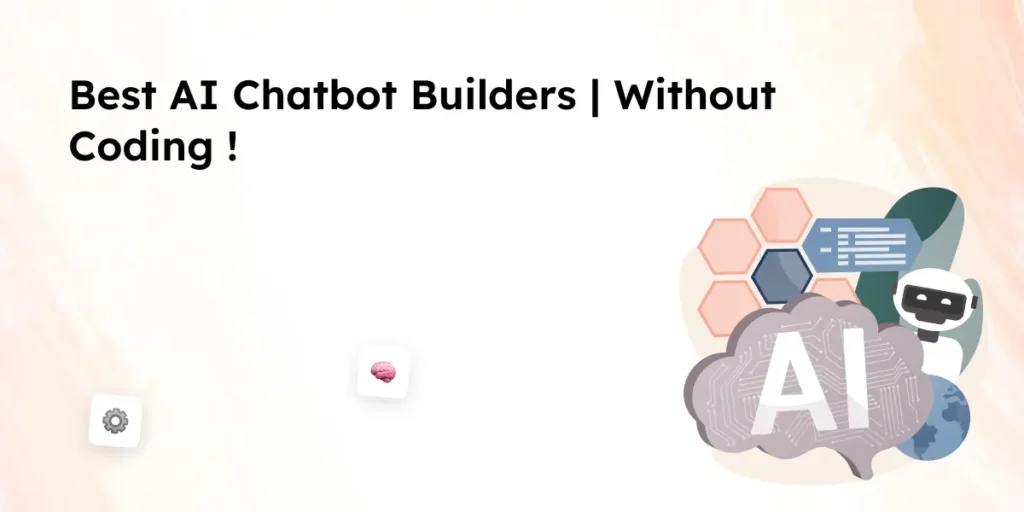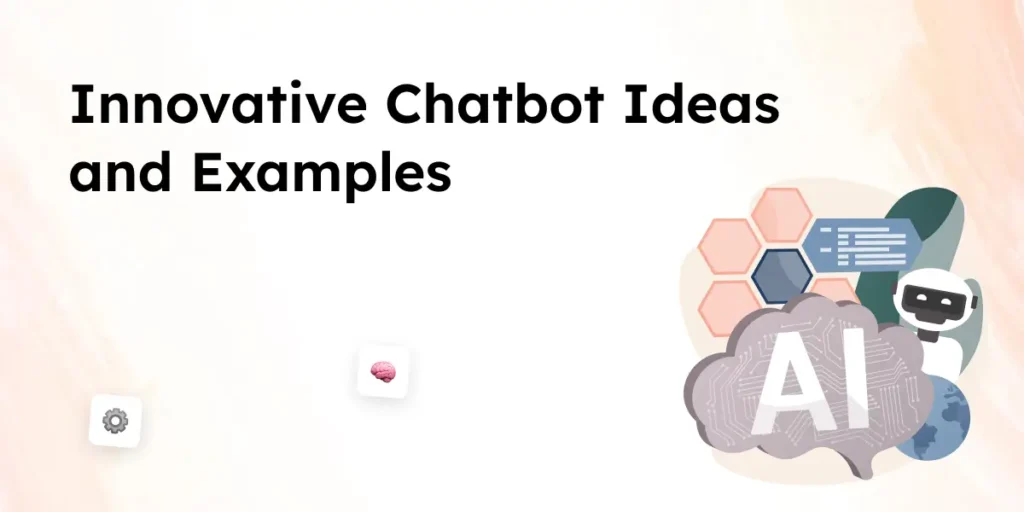Technical documentation is no longer just about writing manuals; it’s about delivering structured, interactive, and AI-enhanced content that improves user experience. In 2025, documentation teams must embrace automation, analytics, and accessibility to stay ahead. With AI-assisted writing, interactive formats, and real-time content updates becoming mainstream, how can teams ensure they provide relevant and effective documentation?
This blog explores 20+ key trends shaping technical documentation in 2025, backed by industry data and expert insights.
20+ Content Trends for Technical Documentation Teams
1. AI-Generated Documentation Gains Traction
- 65% of organizations now use AI-assisted tools to generate or maintain documentation.
- AI-driven authoring can reduce documentation time by 40%, but accuracy remains a challenge.
- Companies using AI for documentation updates report a 30% improvement in content consistency .
2. Rise of Interactive & Multimedia Documentation
- 72% of users prefer video-based documentation over traditional text manuals.
- Interactive documentation, such as in-app guides, boosts user engagement by 50%.
- AR/VR-based documentation is expected to grow by 28% YoY, especially in complex fields like manufacturing and healthcare.
3. Personalized & Dynamic Documentation
- 80% of users expect documentation to be personalized based on their experience level .
- Companies using dynamic content delivery see 35% fewer support tickets related to documentation gaps.
- Chatbot-assisted documentation queries are up 45% year-over-year.
4. API Documentation Becomes More Automated
- 60% of API documentation is now generated using AI-based tools.
- Companies automating API documentation report a 25% reduction in developer onboarding time.
5. Accessibility and Inclusive Documentation Gains Importance
- WCAG 2.2 compliance is now a top priority for 55% of technical writing teams.
- Accessible documentation reduces customer churn by 22%, especially in SaaS industries.
6. Knowledge-Centered Documentation (KCS) Adoption Increases
- 58% of companies are adopting Knowledge-Centered Service (KCS) methodologies to improve documentation efficiency.
- Organizations leveraging KCS report a 40% reduction in redundant content creation and faster content updates.
7. Documentation Metrics & Analytics Drive Content Optimization
- 70% of technical writing teams now track documentation analytics to measure effectiveness and user engagement.
- Companies using analytics-driven content improvements experience a 25% increase in user satisfaction and a 30% decrease in repeat support requests.
Conclusion
As we move into 2025, technical documentation teams must adopt AI-driven authoring, personalized content delivery, and interactive formats to meet evolving user expectations. The shift toward automated API documentation, knowledge-centered service (KCS), and analytics-driven content optimization will continue shaping the industry.
By investing in these trends, organizations can reduce support tickets, improve content accessibility, and enhance user satisfaction. Documentation teams that stay ahead of these innovations will create engaging, efficient, and future-proof content.
Frequently Asked Questions (FAQs)
1. How is AI changing technical documentation in 2025?
AI is automating content creation, real-time updates, and document summarization, reducing writing time by up to 40%. However, accuracy and human oversight remain essential to maintain content quality.
2. What are the benefits of interactive documentation?
Interactive documentation, such as in-app guides and video tutorials, improves user engagement by 50% and reduces learning time, making technical content easier to consume.
3. How can companies ensure their documentation remains accessible?
By following WCAG 2.2 compliance guidelines, using screen-reader-friendly formats, and offering multi-format content (text, audio, video), companies can improve accessibility, reducing customer churn by 22%.
4. Why is documentation analytics important?
Documentation analytics helps teams track content engagement, identify gaps, and optimize knowledge bases, leading to a 25% increase in user satisfaction and a 30% decrease in support requests.
5. What is Knowledge-Centered Service (KCS), and why does it matter?
KCS is a methodology that integrates documentation with real-time support workflows, enabling continuous updates and reducing redundant content creation by 40%. It ensures knowledge is always relevant and up-to-date.



